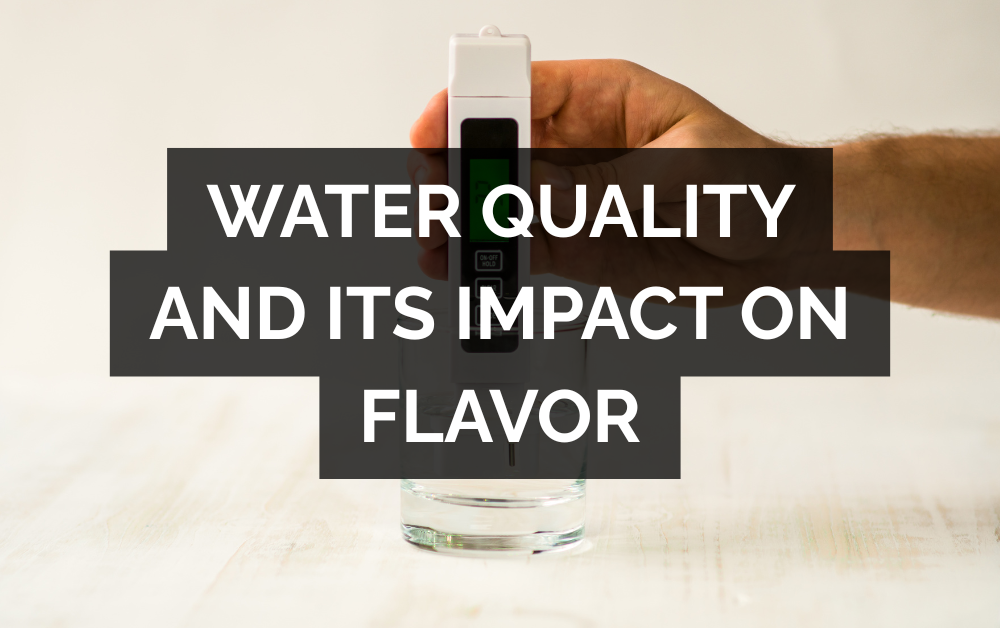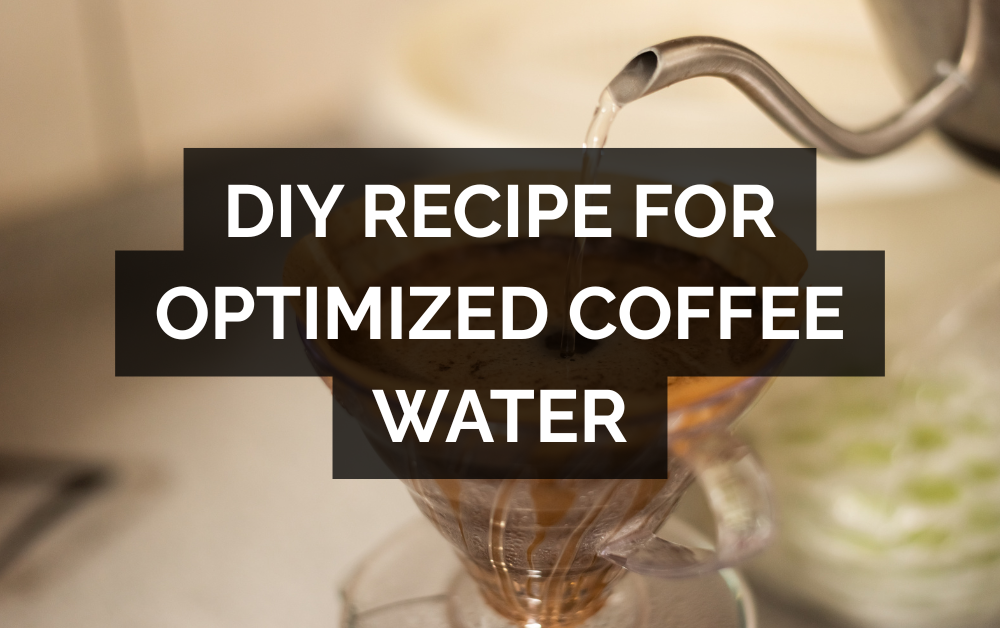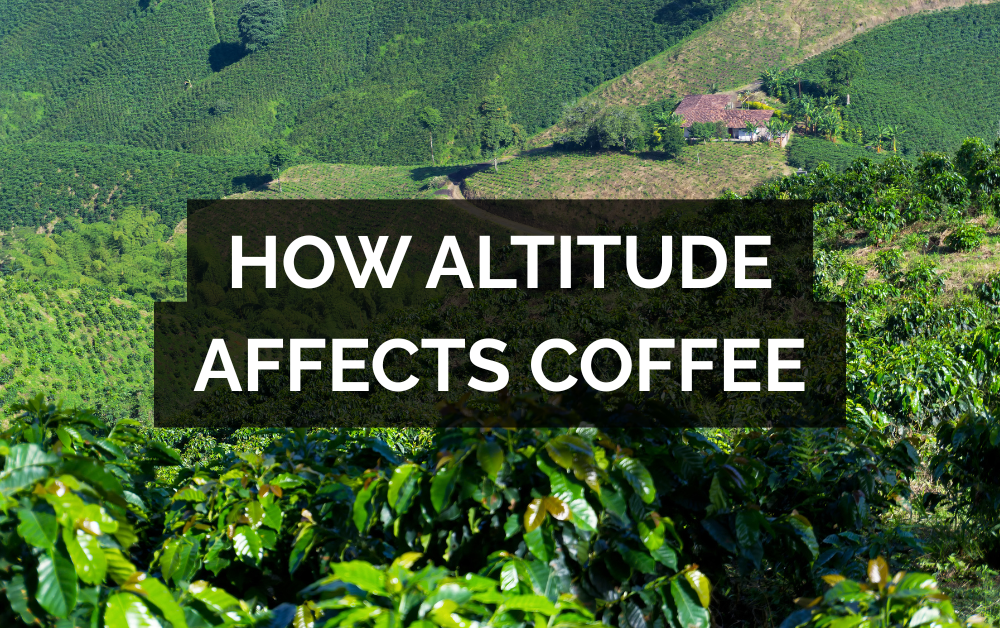You can buy the best beans, grind them fresh, dial in the perfect brew time—and still end up with a flat, underwhelming cup. One of the most common (and overlooked) reasons? Your water.
Coffee is 98–99% water. So, it’s no surprise that the water you use can dramatically affect flavor, extraction, and overall quality. If you’re not paying attention to water chemistry, you’re leaving flavor on the table.
This guide breaks down why water quality matters, what the ideal water looks like, and how you can improve your water to make better coffee—without needing a chemistry degree.
Why Water Matters So Much in Coffee
Water isn’t just a solvent—it’s the main carrier of flavor in your brew. As it moves through the coffee grounds, it dissolves acids, oils, sugars, and aromatic compounds.
The catch? Not all water extracts equally.
-
If your water has too many minerals, it can over-extract bitter compounds and muddy up clarity.
-
If your water is too soft or pure, it might under-extract, leaving your cup tasting sour or weak.
Balanced water pulls out the sweet spot—literally and figuratively.
Key Water Components That Impact Coffee
Let’s simplify the chemistry. These are the main players:
1. Hardness (Calcium + Magnesium)
Hardness affects extraction and mouthfeel. Both calcium and magnesium bond with flavor compounds in different ways.
-
Magnesium enhances fruity and bright notes.
-
Calcium tends to emphasize body and roundness.
Too much of either can lead to over-extraction or chalky flavors. Too little, and you get thin, underdeveloped brews.
✅ Ideal hardness: 50–100 ppm (parts per million)
2. Alkalinity (Carbonate Buffering)
Alkalinity controls how water resists pH change—which directly impacts acidity in your brew.
-
Too high, and it flattens acidity and nuance.
-
Too low, and the brew may taste sour or unstable.
✅ Ideal alkalinity: 30–50 ppm
3. Total Dissolved Solids (TDS)
TDS is the sum of everything dissolved in the water—minerals, salts, impurities. It’s a good big-picture number, but it doesn’t tell you what’s actually in the water.
-
Low TDS (<50 ppm) = weak extraction, sour notes
-
High TDS (>200 ppm) = muddy, bitter, or unbalanced cups
✅ Ideal TDS: 75–150 ppm
4. Chlorine + Chloramine
These are often found in tap water and wreak havoc on coffee flavor. They add bitterness, dull sweetness, and can even chemically alter aromatic compounds.
❌ Aim for 0 ppm of chlorine or chloramine
What the “Ideal” Water Looks Like
Here’s what many specialty coffee professionals (including the SCA) recommend:
| Parameter | Ideal Range |
|---|---|
| TDS | 75–150 ppm |
| Hardness | 50–100 ppm |
| Alkalinity | 30–50 ppm |
| pH | 6.5–7.5 |
| Chlorine | 0 ppm |
This isn’t just for espresso machines or cafes—it’s relevant for pour overs, French press, drip machines, and even AeroPress at home.
How to Test Your Water at Home
You don’t need a lab setup. Here are a few accessible ways:
-
TDS Meter ($10–$20): Measures total dissolved solids. Doesn’t tell you mineral breakdown, but it’s a start.
-
Water Test Strips: Give you readings for hardness, alkalinity, pH, and chlorine.
-
Local Water Report: Check your municipality’s water quality report online for a full breakdown.
-
Third-party Lab Kits (for the nerdy): Like Tap Score or similar.
Water Types: What’s in Your Kettle?
💧 Tap Water
-
Varies widely depending on your region
-
Often contains chlorine or chloramine
-
Mineral content can be too high or too low
-
Not ideal unless filtered
💧 Filtered Water (e.g. Brita, Pur)
-
Removes chlorine and some contaminants
-
Doesn’t consistently optimize hardness or alkalinity
-
Better than tap, but inconsistent for coffee
💧 Distilled or RO (Reverse Osmosis) Water
-
Too pure—lacks minerals needed for proper extraction
-
Can taste flat or sour
-
Can be used as a base if you add back minerals (more on that below)
💧 Bottled Spring Water
-
Some brands hit the sweet spot naturally (look for 80–120 ppm TDS)
-
Avoid "mineral water" with super high TDS
-
Great short-term fix
DIY Fix: How to Build Better Coffee Water
For enthusiasts, you can build your own coffee water using mineral packets like:
-
Third Wave Water
-
Perfect Coffee Water
-
Or DIY recipes using magnesium sulfate (Epsom salt), baking soda, and calcium chloride
Most of these follow SCA water standards and give you consistent, optimized results—especially useful if you're trying to get the most out of high-end beans.
Real-World Examples: Water Gone Right (or Wrong)
-
Washed Ethiopia tasting muted? You might be using high-alkalinity water that neutralizes acidity.
-
Natural Brazil tasting sharp or hollow? Your water might be too soft, lacking magnesium for full flavor.
-
Bitter aftertaste? Check for chlorine—it’s a known flavor killer.
Final Tips: How to Improve Your Coffee with Water
-
Start with good basics. Use filtered or spring water if you’re not ready to dive into mineral packets.
-
Avoid extremes. Skip distilled and heavily mineralized waters.
-
Test and tweak. Try the same coffee with two different water types and taste the difference.
-
Don’t ignore your brew gear. Poor water quality can scale up your kettle and ruin espresso machines over time.
-
Consistency is key. If your coffee tastes different every week, water might be the variable.
Final Thought: Water Isn’t Just an Ingredient—It’s a Tool
Coffee brewing is a balance between what’s in the bean and what’s in the water. If you’re chasing clarity, sweetness, and depth, water chemistry isn’t a side note—it’s central to the entire experience.
Get your water right, and everything else—flavor, aroma, mouthfeel—starts to click into place.



